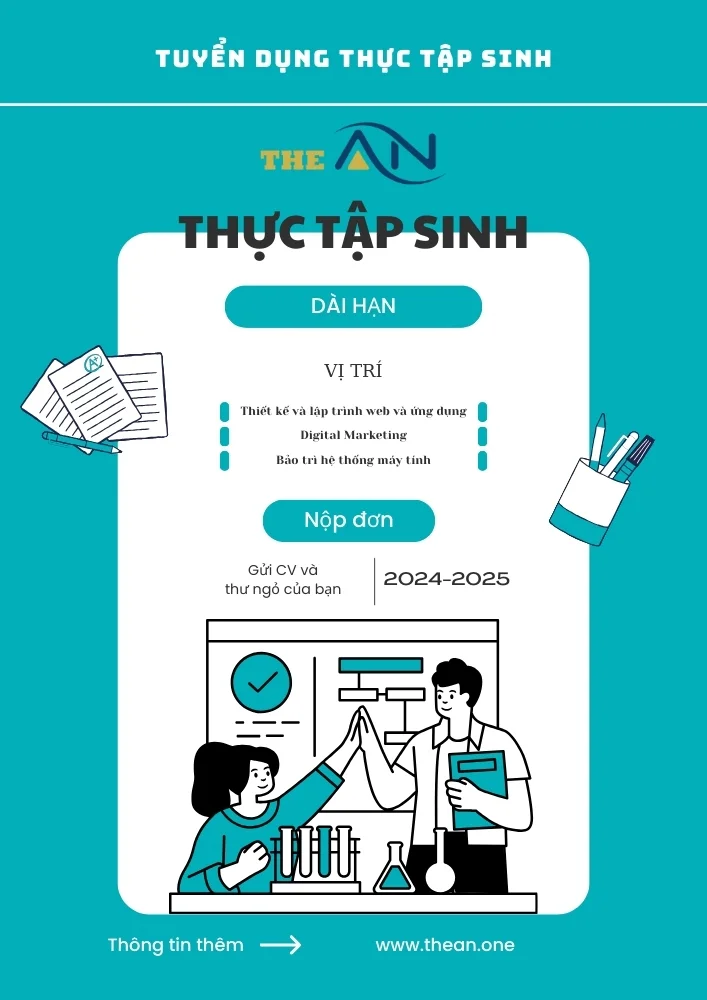Digitizing Isn’t the Same as Digital Transformation

by Paul Leinwand and Mahadeva Matt Mani
Summary. Covid-19 accelerated the pace of many companies’ digital initiatives — and yet many executives are expressing concern that they’re actually falling behind on making the important choices that lead to differentiation. To win in the post-Covid world, leaders must re-imagine not just how your company works, but also what you do to create value in the digital era. The authors, who have studied more than a dozen companies that have truly transformed themselves, recommend three actions for leaders looking to secure their companies’ future:
- Reimagine your place in the world, instead of focusing on digitizing what you already do;
- Create value through ecosystems, rather than trying to do it all alone; and
- Re-imagine your organization to enable a new model of value creation, rather than asking people to work in new ways within the confines of the old organizational model.
If your organization is busier than ever “digitizing,” you’re not alone. Digital efforts have been proliferating for years as companies strive to catch up with technological innovation. Covid-19 massively accelerated the pace, as many of our most basic activities, from grocery shopping to “going to work” moved online.
However, this accelerated wave of digital initiatives must not be confused with the real business transformation needed for success in the digital age. The former is mostly about enabling business as usual and “staying in the game,” while the latter is about building real, long-term competitive advantage to succeed.
Despite so much energy and investment in digitization, we are hearing many executives express concern that they are actually falling behind on making the important choices that lead to differentiation. They’re right to worry, because winning in the post-Covid world will require re-imagining not just how you work, but also what you do to create value in the digital era. No matter how many digital initiatives you implement, you can’t expect to win by being the same as your competitors — and they’re are all doing similar things, albeit at different speeds.
Instead, companies need to step back and fundamentally reconceive how they create value. They need to reimagine their place in the world, rethink how they create value through ecosystems, and transform their organizations to enable new models of value creation. The bottom line is companies need to shape their own future, recognizing that the world has fundamentally shifted, and that they must find their purpose in it. If you can’t answer the questions “Why are we here?” or “What unique value do we add for our customers?” then you are likely at best just staying in the game.
We’ve researched more than a dozen companies who have been hard at work to transform in this way since well before the pandemic struck. These companies have kept the momentum up amidst the worst recession and public health crisis of our lifetime, and their collective experiences contrast starkly with those focused on merely digitizing what they already do.
Exhibit one is Philips, which pre-Covid had looked at the future and decided to transform from a multi-industry, manufacturing-centric conglomerate to a company focused on health technology services and solutions. It shed its foundational business (lighting) and evolved from manufacturing and distributing products at scale, to bringing together hardware, software, data, clinical expertise and AI-enabled insights to support the delivery of better quality and lower cost health care.
When Covid-19 hit, Philips not only quickly designed and mass produced a new ventilator, it complemented it with biosensors that fed patient information into a remote monitoring platform to enable the safe care of highly contagious Covid-19 patients. Philips also deployed an online portal to help physicians in Dutch hospitals share related patient data. Despite Philips’ business being challenged by the demand crash post Covid, its new model of doing business has supported a quick pivot to solutions that contributed to the company ending the year with stable revenue growth.
Construction is known as a traditionally asset-heavy and “non-tech” industry, but Komatsu has been evolving from selling construction equipment to becoming a leader in digitally enabled smart construction solutions. This is helping their customers dramatically improve productivity and value realization in an industry that has experienced virtually zero productivity increase in the last 20 years.
Komatsu initially launched construction machinery that utilizes GPS, digital mapping, sensors, and IoT connections to enable its customers to use Komatsu equipment more efficiently. The company has since gone further and opened up its Landlog platform and data that allows customers, competitors and other companies in the construction ecosystem to better coordinate their activities and improve total productivity across a construction project. These pre-Covid business model innovations have since allowed Komatsu to scale up new sources of revenue via managed services and automated platforms, and even accelerated the rollout of new offerings after Covid hit, despite the slump in construction activity.
Another example is Microsoft, which over the past five years has been transforming itself from the world’s largest software vendor to offering technology-enabled solutions (hardware, software, services and cloud computing) to help B2B and B2C customers improve their operations and their experience of daily living. The company totally reinvented its legacy organization, shifting from a focus on pushing products into the mass market, to client solution-oriented teams charged with bringing together the many cross-functional skills needed to tailor services to specific customer needs.
Having clarified its purpose and radically reorganized around solution-oriented teams, Microsoft was in a position to “act as digital first responders to the world’s first responders,” when the pandemic hit, as Nadella noted in an email to employees. It achieved historic levels of cloud revenue growth from solutions such as supporting universities to move their entire “business” online. This level of speed and responsiveness to unique customer needs had been lagging at the Microsoft of 10 years ago, despite its legacy of digital leadership.
What we’ve learned from these three examples and the other companies we’ve studied is that leaders who want to secure their organization’s future must:
Reimagine your place in the world, instead of focusing on digitizing what you already do. Companies that transform for success in the digital age define their reason for being in terms of the bold value they create for their customers (and their customers’ customers), and why. They take advantage of new technology not to copy what everyone else is doing, but to advance their own missions by investing in the differentiating capabilities that allow them to deliver on their purpose. Filling their new place in the world with life often requires them to shed old business models, assets, and beliefs about value creation.
Create value through ecosystems, rather than trying to do it all alone. Successful companies in the digital age recognize that the way to remain relevant comes from working together with an ecosystem of players in order to deliver the ambitious value propositions that customers want and to quickly innovate and scale up the incredible capabilities that are needed. Operating in this way requires leaders to think about value creation more boldly, question what their organization must truly own, and be prepared to open up to competitors and give up traditional sources of revenue in order to address some of the most fundamental customer needs.
Re-imagine your organization to enable a new model of value creation, rather than asking people to work in new ways within the confines of the old organizational model. Winners in the digital era break up old power structures so that new ideas and capabilities can be scaled more collaboratively. They put in place outcome-oriented teams tasked with collaborating across the organization and work with their ecosystem partners to deliver the differentiating (and often cross-functional) capabilities they need to win.
Leaders will invariably have to contend with important questions about how much change they should take on, how fast their existing businesses may be disrupted, how far the strategy may stretch from today’s capabilities, and how to best manage the transformation.
But these questions should not be used as excuses for staying with current business models. Without a more fundamental business transformation, digitization on its own is a road to nowhere. Remember Peter Drucker’s famous quote: “Management is doing things right; leadership is doing the right things.” Now is the time for executive teams to step up, disrupt themselves, and become leaders in the digital age.
Paul Leinwand is the global managing director for capabilities-driven strategy and growth at Strategy&, PwC’s strategy consulting business. He is a principal with PwC U.S., an adjunct professor of strategy at the Kellogg School, and the coauthor of several books, including Strategy That Works: How Winning Companies Close the Strategy-to-Execution Gap (HBR Press, 2016) and the upcoming Beyond Digital: How Great Leaders Transform Their Organizations and Shape the Future. (HBR Press, 2021).
Mahadeva Matt Mani leads the transformation platform for PwC and Strategy&, advising executives on business model transformations and operational value creation and productivity programs. He is a U.S. principal currently on secondment to PwC Netherlands, and the co-author of the upcoming book Beyond Digital: How Great Leaders Transform Their Organizations and Shape the Future. (HBR Press, 2021)
Source: Harvard Business Review
Looking for a custom web design? Then Contact the website designers at The ÂN in Vietnam via (+84).326.418.478 (phone, zalo, viber) or schedule a consultation.
Other useful information:









